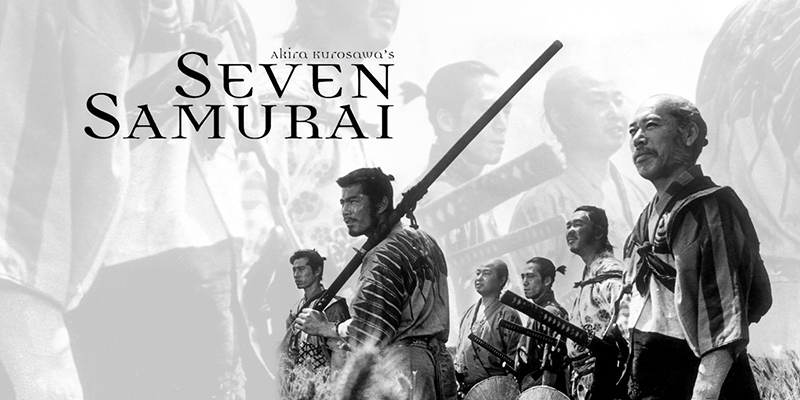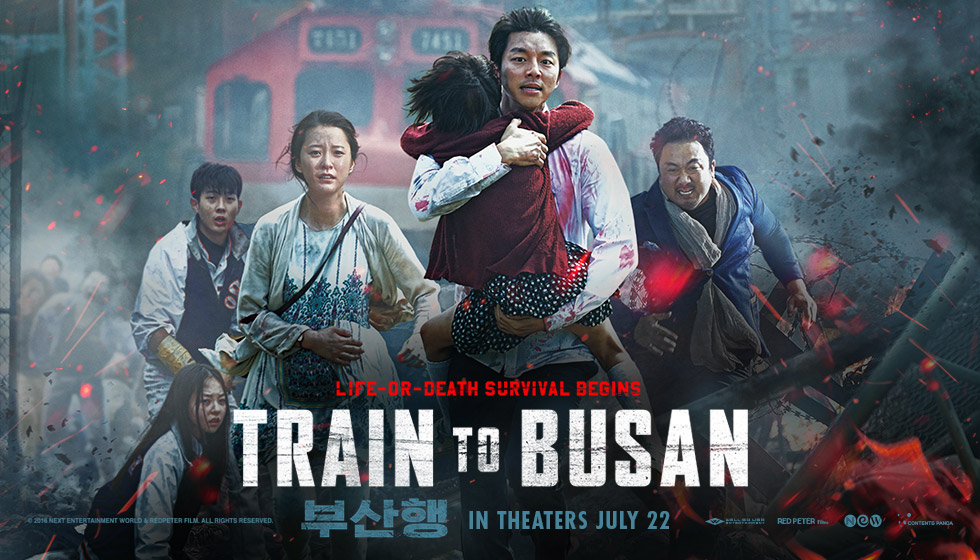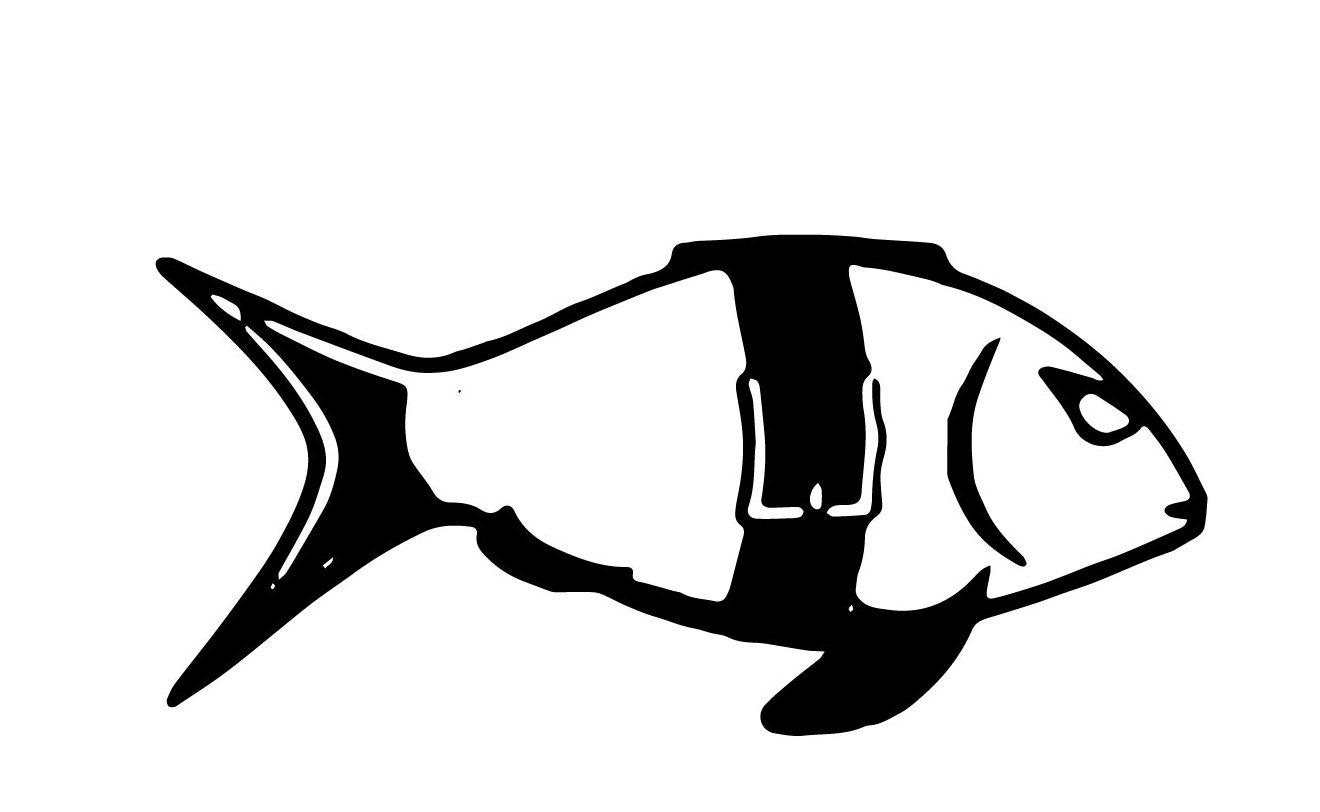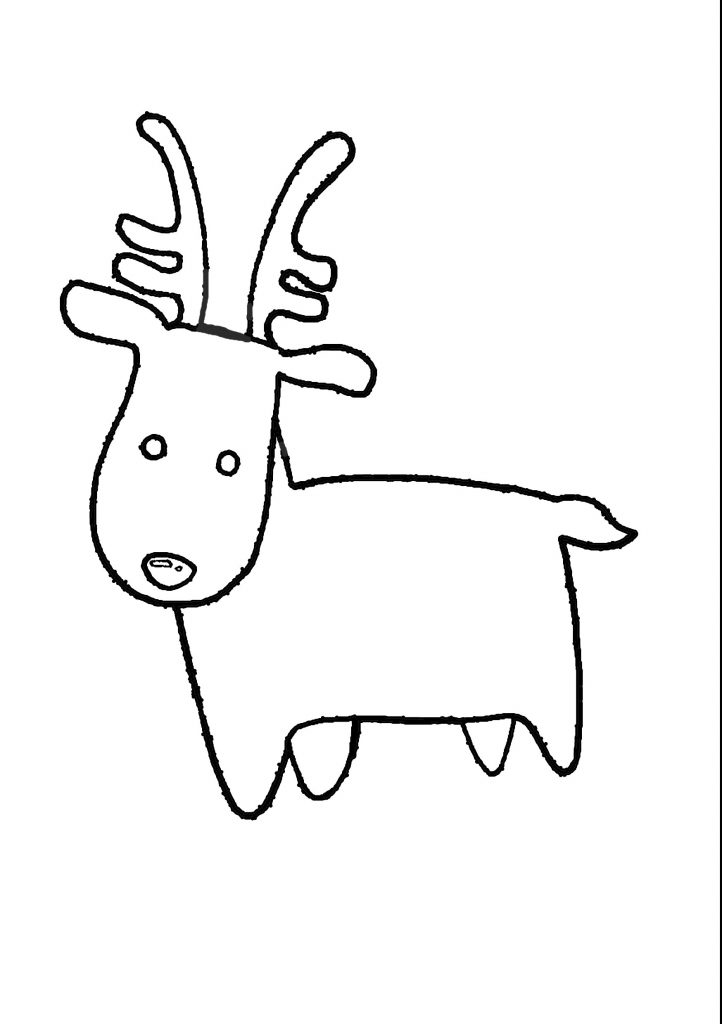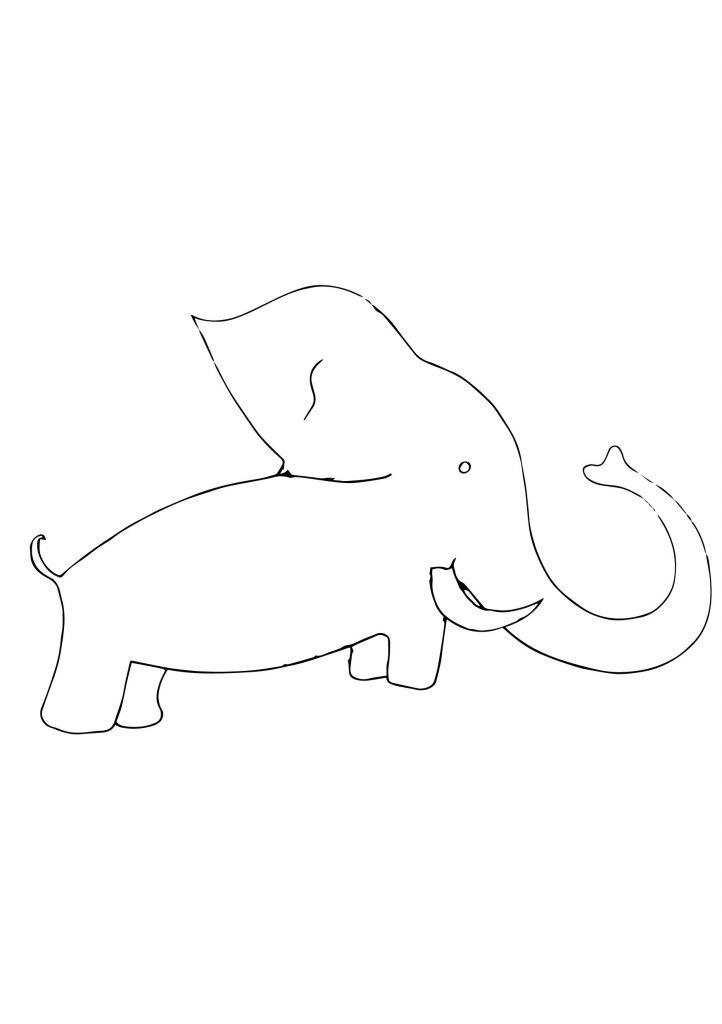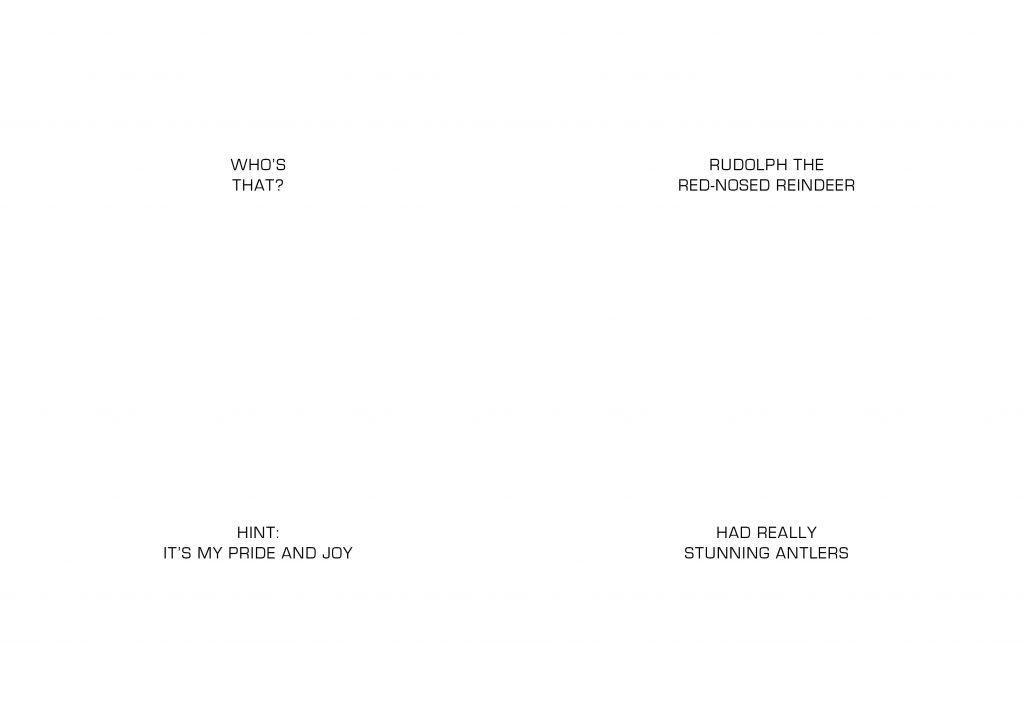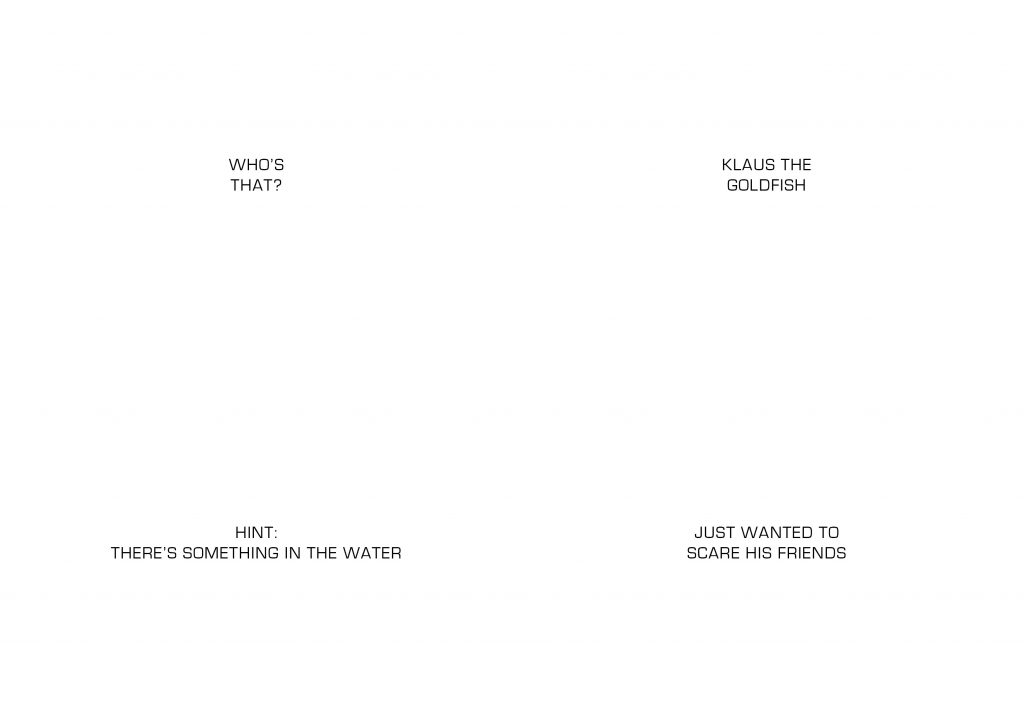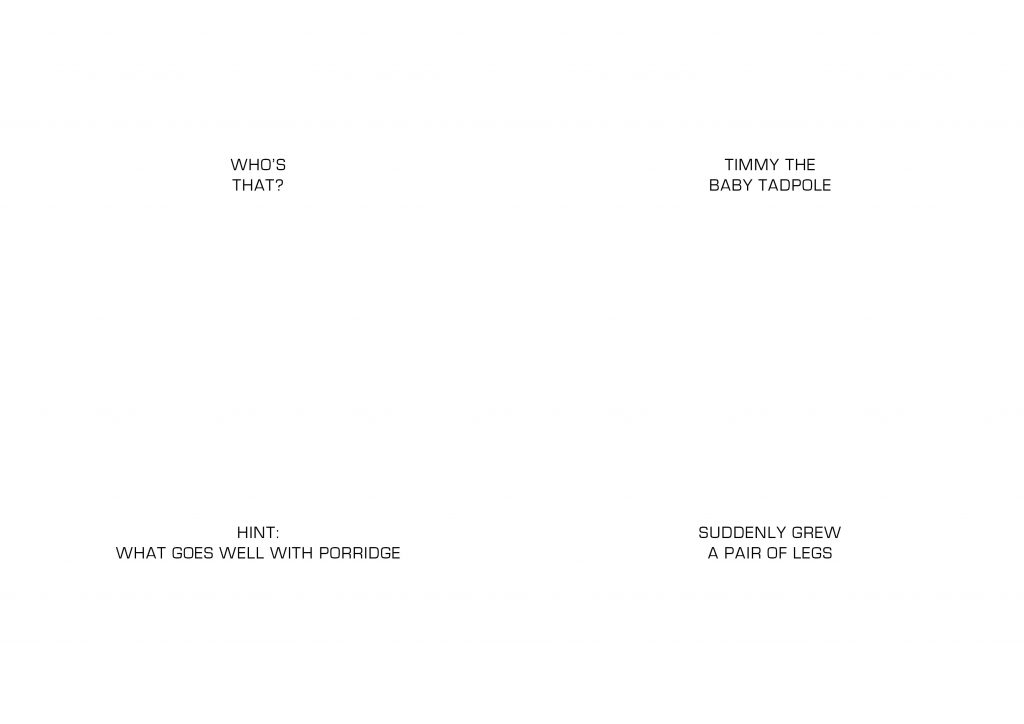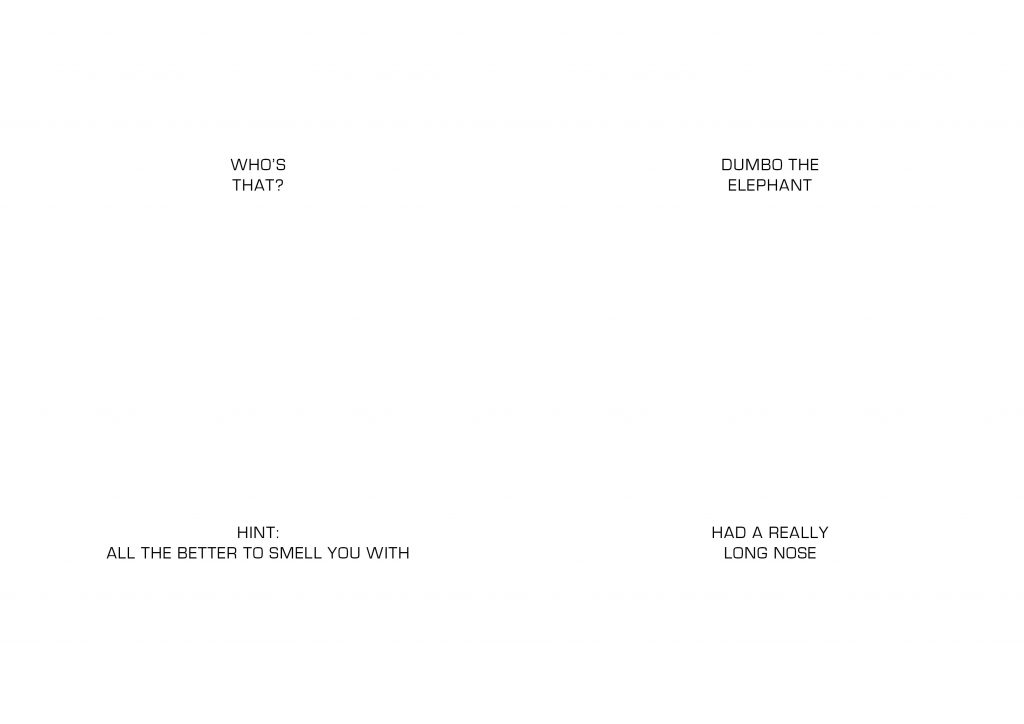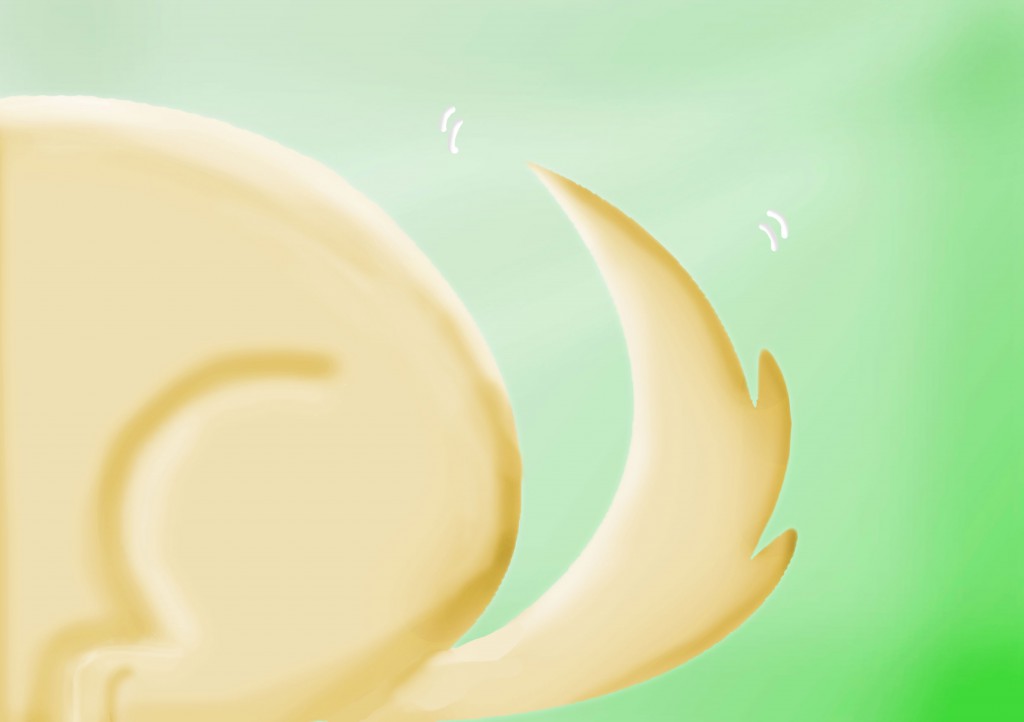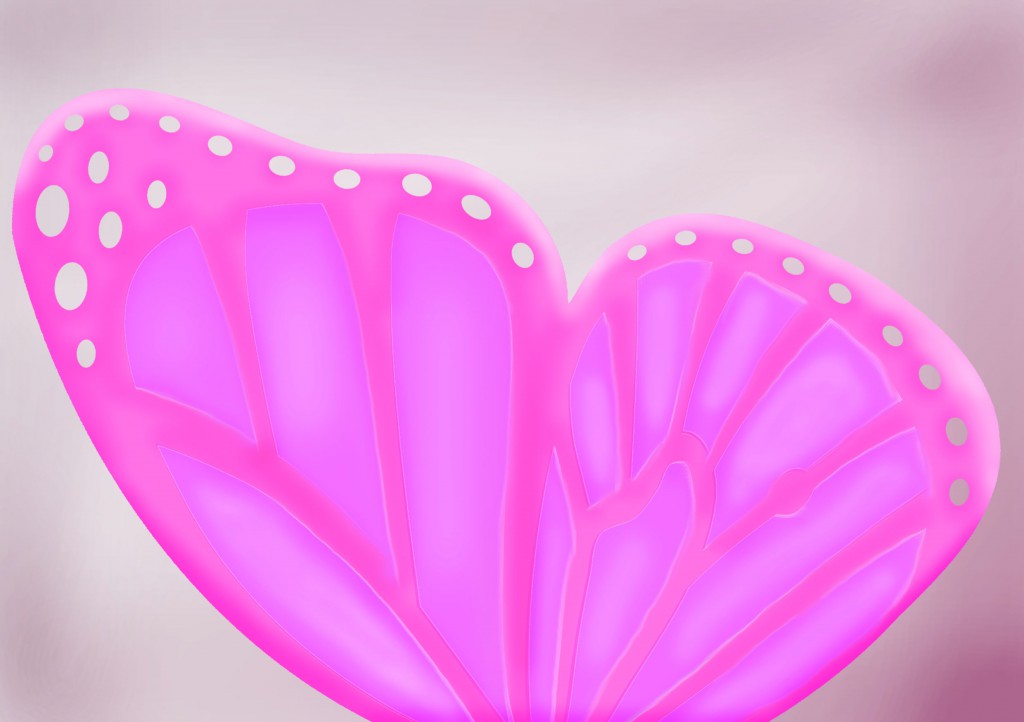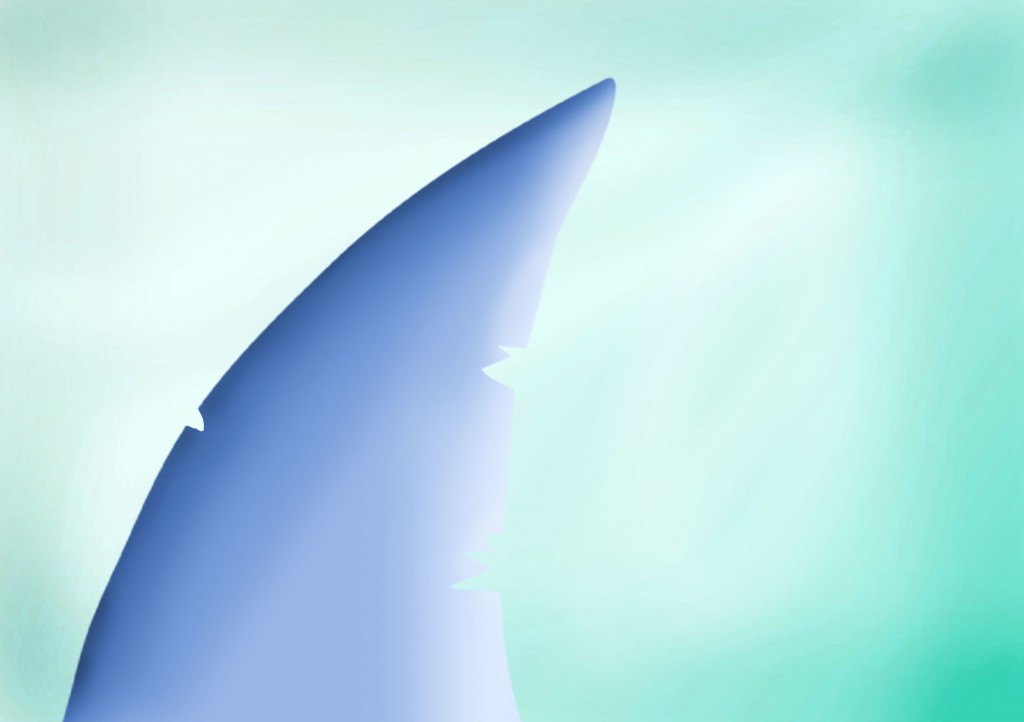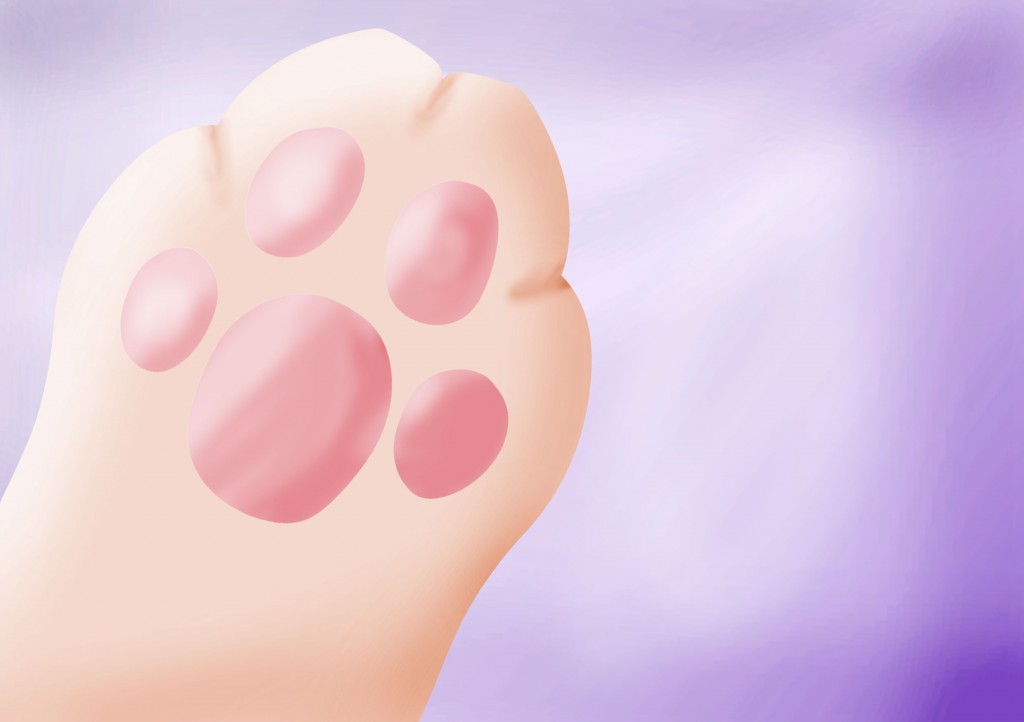French New Wave in Modern Cinema
Motives of filmmakers of the French New Wave were simple – to show that young people were capable of making films, that directors had full ownership of films, and that you did not need a lot of money to make a film successful.
The contemporary film I will be analysing is the 2005 psychological thriller, ‘Stay’, directed by Marc Forster. There are many aspects of this film that can be attributed to the influence of French New Wave cinema, including a discontinuous editing style, natural, uncorrected lighting, breaking the 4th wall, having a non-linear timeline, and the use of on-location shots.
Director Marc Forster has been heavily influenced by the French New Wave, as he indeed focuses more on mise en scene, and this can be observed by how every little detail, down to the length of the character’s pants, and the disparities in editing contribute to story telling.
These are some of the examples of continuity problems in the film.
Example 1.1: Breaking the 180-degree rule.
One of the more glaring uses of jump cuts in the film is the breaking of the 180-degree rule on several occasions while two characters are conversing. This happens twice in the same scene, where Henry in consulting Sam at his office.
Another example is the morphing of locations with characters still in the scene appearing in another. This occurs several times, with the train station morphing into the house, and Henry morphing into Sam.
Example 1.2: Location Morphing
These lapses in continuity were supposedly to contribute to the plot by letting the audience know that everything happening was not part of reality.
Another common trait the film shared with French New Wave is the use of natural sound and lighting. There was no use of artificial lighting or much correction for under exposed or over exposed shots in the film. Here, you can see the disparity between the lighting in Sam’s office, above and below, as well as the outdoor lighting.
Example 2.1: Inconsistent lighting.
The above images also show that scenes are all shot on-location, also a prominent feature of French New Wave.
The third example of a technique used in French New Wave that influenced this film include the use of strange camera angles, and having a character face the camera directly to say her line, although up till this point, I’m not sure what purpose that scene served. The film literally starts with strange camera angles, when showing the scene of the car crash.
Example 3.1: Strange Camera Angles
Example 3.2: Breaking 4th wall
An additional point of this film that has been influenced by the French New Wave, which although is common in modern films, is it’s non-linear timeline – which I feel the need to mention, as it is the crux of the show. The film ran on two timelines simultaneously, including one that quite possibly may or may not exist, according to Forster.
Example 4.1: Non-linear timeline
In conclusion, French New Wave has brought about a huge shift in the direction of films by introducing many new techniques that no one had ever thought of before, and this has largely affected modern films like Stay, by changing the dynamics of the film with elements like having a non-linear timeline, and acknowledging directors for their creative work.
Akira Kurosawa – The Seven Samurai Response
Hailed as one of the most important and influential films of all time, Akira Kurosawa’s The Seven Samurai thrusts various Japanese ideals onto the global film stage. It is rooted within the Japanese tradition of group collectivism, a concept that entails citizens working together to accomplish common goals. Society looms significant as a huge responsibility for every Japanese where they are strictly homogenous and do not enjoy doing things differently from others
However, when The Seven Samurai was released in 1954, there was a slight push towards soft individualism among the younger generation. This was brought upon by winds of modernization that were slowly encroaching and eventually embraced by the community. More valued greater personal autonomy and concentrated solely on attaining self-fulfillment. Trapped between individual will and collective responsibility, the tension between both grew more palpable than what was reflected on the screen.
An individualist himself, Kurosawa explored societal needs against one’s selfish demands on the big screen by aptly reflecting different schools of thoughts through the characters he portrayed. Kikuchiyo, a false samurai who later goes on to prove himself as a true warrior, exemplifies the latter as he maintains a strong resolve to become worthy and respected by the group. No one cares for this more than himself as he battles his shadow self to eject away from an undistinguished past.
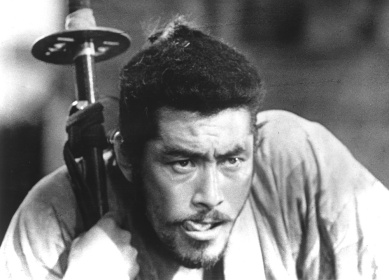
Kikuchiyo comes from a family of farmers who are considered deadwood within the society. Samurais occupied the top of Japan’s social hierarchy during the Sengoku Jidai period of 1467 to 1573, while farmers, artisans and merchants took up subsequent rungs. A Japanese man was ordained to stay in his respective class and prevented from jumping ship to another. Most were resigned to this, seen when a farmer laments “We were born to suffer; it’s our fate” in the opening sequence. However, Kikuchiyo was reluctant to continue a meaningless existence and valiantly declared that he never wants to be a worm.
Juxtaposed to Kikuchiyo’s own wants and personal gains is Kambei who embodies Kurosawa’s vision of an ideal Japanese man. He is selfless, powerful and is constantly aware of his community’s needs. When a child is held captive by a thief in the village, Kambei welcomed his call to adventure by shaving his head to disguise as a monk. By doing so, he relinquished his status as a samurai to serve those around him.
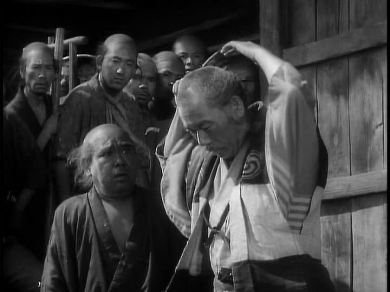
As Kambei orders a troupe of villagers back to their posts to prevent further infiltrations, he speaks for Japanese collectivism by declaring that “He who thinks only about himself will destroy himself, too!”. It becomes apparent that Kurosawa does not measure a man’s worth through Hanzo steel, but how this blade honors a greater good.
The Seven Samurai’s towering cultural achievement propelled the film to historical prominence, becoming Japan’s highest grossing movie at that time and set a new benchmark for the film industry. A technical and creative watershed, it influenced Western Cinema although the film itself was swayed by it. Kurosawa was known to be a keen admirer of John Ford and Howard Hawks where a narrative resemblance can be seen with Ford’s penchant to narrow plots to men fighting to preserve society when it no longer has a place for them. It was also one of the first films to utilize heroes coming together to fulfill a specified task, a common plot element today that is evident in films such as Ocean’s Eleven and The Dirty Dozen. Introducing the leader, and in this case a reluctant hero, Kambei, to first take on a task unrelated to his main calling, has also spawned similar plot devices.
Plenty of directors have also been heavily influenced by The Seven Samurai’s aesthetic appeal. Kurosawa’s slow-paced, multi-camera montage of his characters’ death was adapted by Arthur Penn in Bonnie and Clyde (1967). Notably, when Kambei kills the thief who has kidnapped a child, Kurosawa intercuts footages from more than one camera to accentuate and evoke anxiety from the villagers.
It has also been widely acknowledged that the “horizon shot”, regularly seen in films today, was first introduced in The Seven Samurai. Kurosawa applied this when the bandits rushed into view over the hilltop as they devised an attack on the villagers. Similar scenes were enacted in subsequent action films such as Steven Spielberg in Close Encounters of the Third Kind while Kurosawa’s iconic wipe-effect transitions between scenes were also adapted by George Lucas in his Star Wars franchise.

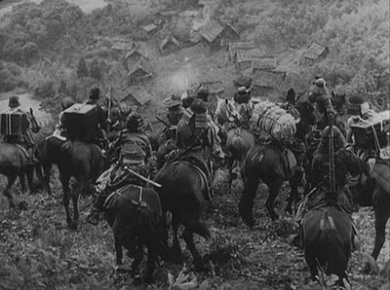
What remains most impressive about Kurosawa’s work is his absorbing action sequences and calculated camera movements. Scenes to convey an intimate connection between a character, theme and environment is paced nicely in a variety of wide shots. Frequently tapping on deep focus to capture the fore, middle and background, he uses multiple cameras which allows even better views.
In the climatic fighting scene, numerous angles allow us to feel and digest each death that befalls his characters. Pacing is crisp, enabling viewers just enough time to see what is going on while jump cuts provide an added dynamism to these sequences. Significant deaths were portrayed slowly to connect viscerally with the audience and allow them to reflect over each. Others, such as Kikuchiyo’s, was played out regularly to imply that the battle held greater significance and preceded these losses.
Kurosawa’s magnum opus affirms its position as one of the best films ever created. By unifying realism and other cinematic models, he has managed to transfix viewers into leaving a screening of admiration honoring his work and vision as an influential film maker.
M, by Fritz Lang
M tells the story of a child murderer, Hans Beckart, who has been stalking the streets, luring young girls to their doom with the promise of candy & balloons.
M is shockingly contemporary in its psychological complexities. It explores the psychology of individualism vs. group think while showcasing how a state of fear can be inflicted upon a populace when a government fails to protect society from a single individual terrorizing the people.
To say that M is ahead of its time is an understatement. One can draw fair comparisons from M to nearly every genre thriller after it. In the realms of American film noir, a sub-genre Lang would later contribute to, many directors would borrow a lot of its production design and high-contrast chiaroscuro lighting to emphasize the cold and dangerous tones of the cities in which their stories took place.

Lang in conversation with Peter Bogdanovich in 1965 says that he was concerned to get a documentary feel to the film and specifically asked his camera operators not to try anything too fancy.
In an eerie propagandist fashion, the phrase “in the name of the Law” is repeated over the last two scenes of Fritz Lang’s M as a child killer is brought to justice. If “L” represents the State and the Law, then “M” is meant to represent the Individual (who in this case is a Murderer). Lang boldly asked us way back in 1931, whose rights come first: the State or the Individual? A master of his craft, Lang leaves the question open-ended and lets the audience decide.
Rather than use today’s typical gratuitous violence Lang signifies a horrible death through the use of empty clothes in an attic, a ball running away with no child in sight and balloons trapped in telephone wires. The last two objects being signs of innocence betrayed by what can only be imagined as an awful death.
M is also a masterpiece for its technical aspects. The way in which Lang uses his camera to move through windows, capture shadows, reflections, empty spaces, and shift points-of-view is staggering even by today’s standards. He also played with the new technology of recorded sound with extensive voice-over narration and dialogue used to overlap and transition between scenes.
Lang used sound as if it was a visual element and developed it further to overcome space and time. For example, when viewers are introduced to the shadow as he speaks to Elsie, we only hear the conversation and not the person talking. This is followed by a parallel action sequence of intercutting shots with Elsie’s mother. Each shot brings about even distant cries before culminating in a faint echo.
Significantly, in the famous parallel action scene of the police and the underworld meeting separately, Ken Dancynger states that “Rather than simply relying on visuals parallel action, Lang cut on dialogue at one point, starting a sentence in police camp and ending it in the criminal meeting. The crosscutting is all driven by dialogue. There are common visual elements: the meeting setting, the smoking room, the seating, the prominence of one leader in each group. Despite these viusals cues, it is the dialogue that is used to set up the parallel action and to give the audience a sense of progress. Unlike Griffith’s train chase, there is no visual dynamic to carry us toward a resolution, nor is there a metric montage. The pace and character of the dialogue establish and carry us through this scene.”
Eventually, for the audience the film becomes a race between the police and the vigilante force as both start to close in on the killer. The police following up a lead from the released inmates of the asylum just miss Beckert as he emerges in search of another victim. Just as he has found a potential victim, the beggars are alerted by a blind balloon-seller who hears Beckert whistling a few bars from the Peer Gynt Suite. It is the tune diegetically associated with M and his madness signifying a monster deep inside the personality which emerges suddenly. The balloon seller heard the tune when he sold a balloon to M who had bought it for Elsie Beckmann the little girl murdered at the beginning of the film.

A parallel court is established later after the capture of M. It is at this scene where Peter Lorre’s acting skills emerge for his powerful performance in pleading for his become exemplary. This scene was Lang’s opportunity to raise the issues of capital punishment very effectively. M is given a “lawyer”, who gamely argues in his defence but fails to win any sympathy from the “jury”.
Ultimately, when I look back at the brilliance and craft of M, I am always much more interested in its central question: should we kill someone we find evil just because we think it will make us feel better?
부산행
Ideas for Shortfilms
- In Plain Sight
Logline: Renowned photographer strikes a deal with death for a second chance at life in exchange for his most prized possession — his sight.
Themes: An exploration of regrets that one may have when dying, and what one would give for another chance at life. It ultimately shows that death is inescapable, no matter how we try to avoid it, but what we have done in our lifetime is what counts.
Style: Minimal dialogue, POV shooting, gradually moving out of focus as the story progresses. Starting and ending film with black screen (The idea of how life is a cycle). Contrast of high-key and low-key lighting to represent life and death.

- Lost and Found
Logline: As children, we fear the monsters in our closet ; we stop fearing them when we realise they’ve been inside us all along.
Themes: Exploration of growing up, and society’s rat race. The idea that as children, we see others (except our parents) as monsters, and we fear people (cry when other people pick us up), and as we grow older we realise these are actually people. But in our pursuit for success we slowly turn into monsters ourselves.
Style: No dialogue, a lot of close up shots, tracking shots

- Ephemeral
Logline: A man tries to salvage what’s left of his dying marriage, but it seems something has gone terribly wrong and it can’t be fixed
Themes: Touches on death and loss (yes, the man is actually dead, that’s why the marriage can’t be salvaged) Exploration of grief and coping mechanisms
Style: One sided dialogue from the man. Low key lighting.
Zine final
Zine research and process
When thinking of ideas for my zine, I knew I wanted to create one that featured animals, since both my project one and project two were about animals. One of the zine ideas that caught my attention on Pinterest was this:
Grover Zine Pack by girliepains
I liked the idea of having a small zine in a cute packaging with a badge and a sticker, however the specified requirement in our brief was A5, and producing badges and stickers for all my illustrations would be costly, hence I looked at other zine layouts.
I liked the circular look of this particular zine that was repinned many times on Pinterest and decided to adopt a similar style for my zine.
–
After thinking about how I could incorporate my project one and two, and how I could use my incomplete-looking animal parts, I decided to make a sliding children’s book, with the concept of sliding from coloured images to grayscale, and playing with the idea of things not being what they seem. For example, rudolph with antlers, instead of his nose.
And Dumbo the elephant with a huge nose instead of his ears.
The pages had to separated into text pages and slider pages, rather than laid out using indesign, but this is what the cover and back page looked like:
The rest of the pages of the zine that were printed were laid out like this
Had a lot of fun with this project! ^ ^ Will update again with images of final zine!
4D Final Project Documentation
password : photograph
Click here to hear the original song ‘Photograph’ by Ed Sheeran
POV Final
Here are the final 6 pieces I’ve chosen!
–
From the POV of DOG they are OOH LOOK, A TAIL!
From the POV of BUTTERFLY, they are their WINGS
From the POV of SHARK they are DUNDUNDUN INCOMING
From the POV of FROG they are MY LEGS???
From the POV of CAT they are PAWS
 From the POV of TOUCAN they are COLOURFUL!
From the POV of TOUCAN they are COLOURFUL!















